Northrop N-1M Flying Wing
Production Time 9 to 10 weeks
Shipment is by FedEx, UPS or DHL International Express Courier with a normal door-to-door delivery time worldwide of within 2-3 business days after dispatch. Due to the current volatility of world fuel prices, the amount mentioned here is our best estimate for DHL and UPS and may be subject to change at the time of shipping.

Model Description: Northrop N-1M Flying Wing Wood Replica Scale Custom Model Aircraft
Manufacturer: Northrop
Wingspan: 11.9 Inches (30.2 Centimeters)
Height: 4.5 Inches (11.4 Centimeters)
Scale: 1:39
$169.50
Production Time 9 to 10 weeks
-
United States dollar ($)
-
Pound sterling (£)
-
Euro (€)
-
Australian dollar ($)
-
Canadian dollar ($)
-
Singapore dollar ($)
-
Swiss franc (CHF)
-
Japanese yen (¥)
-
Danish krone (kr.)
-
Hong Kong dollar ($)
-
Norwegian krone (kr)
-
Swedish krona (kr)
-
United Arab Emirates dirham (د.إ)
General Product Description
Our PlaneArts Northrop N-1M Flying Wing model exhibits unique, unrivaled quality and detailed design to come as close as possible to the accuracy of the actual plane. It comes as standard with a robust, durable base or stand which is available in a variety of different finishes designed to match your own personal requirements including solid wood, wood with polished metal supports or adjustable wood wall mount and will be ready within about 9-10 weeks from placement of order.
The Northrop N-1M Flying Wing model is made of the finest kiln dried renewable mahogany wood (commonly known as Lauan or Meranti) which has undergone many stages of carving and meticulous and careful sanding giving the beautiful, finished museum quality masterpiece. Many collectors and model connoisseurs demonstrate their preference for genuine handmade and hand painted mahogany wood models rather than plastic or die cast (diecast) alternatives due to the overall look and totally different feel of the item - we trust you will find the same. We can however, if required produce the same model in Solid Cast Resin so just click and contact us for further information. Our craftsmen and gifted artisans ensure that our finely handcrafted model airplanes match the precise blueprint details of the original aircraft. The paint scheme, markings and parts are closely matched, reflecting the original aircraft. This stylish top-quality desktop replica model will surely enthrall anyone who receives this as a gift and for sure one of the most appropriate and desirably collectable gifts for any military aviation enthusiast and avid aircraft collector whilst also displaying a perfect resemblance to the actual real life version.
There are many types of military propeller aircraft, but the basic types are bombers, fighters, fighter bombers, spotter planes, transporters, patrol aircraft, trainers, and reconnaissance and observation aircraft. All these types of aircraft are used for different types of missions. If you're a fan of historic or present-day military aviation, our model aircraft will bring the excitement and character of these aircraft right into your own home. You can order a wood airplane model of a North American B-25 Mitchell Bomber, a B17 - Flying Fortress, or a P-51 Mustang Nervous Energy V not forgetting the Bf 109, Spitfire, FW 190, A6M Zero, P-38 and F4U. These classic, propeller airplane models are of the highest quality. Each is individually crafted by our expert craftsmen. They produce handmade scale mahogany airplane models of the finest aircraft from World War I and II to present day biplanes and triplanes.
If you require, we can also make the Northrop N-1M Flying Wing model in any other military, government or even private livery or colour scheme you require and if necessary, in a different size or scale. Just click here to contact us with a description or photographs of what you require, and we will let you have a quotation for the necessary customization by return email. We can also make bespoke scale replicas of any other private / civil commercial airliner or airliners, helicopter, glider, gliders with engines, military jet, warplane jets, biplane, triplane, tail fin, spacecraft, rocket or NASA model you require in any airline, military or civilian livery or colors. We also produce model airships, blimps, dirigibles, blimps, boats, and ship collectibles. Wall plaque or seal for military, government or private customers. Again, by clicking here to contact us just let us know exactly what you need.
The Innovative Leap of the Northrop N-1M Flying Wing
The Northrop N-1M Flying Wing stands as a significant milestone in aviation history, embodying the pioneering spirit and innovative capabilities of its time. Developed by the Northrop Corporation in the early 1940s, this aircraft was a precursor to modern stealth and bomber designs, and its development marked a radical departure from conventional airplane designs.
Origins and Development:
The N-1M, also known as the “Jeep,” was the brainchild of Jack Northrop, a visionary in aircraft design who long harbored the dream of creating a flying wing. Northrop’s concept revolved around the idea of a plane that would consist almost entirely of a wing, eliminating the traditional fuselage and tail assembly to enhance aerodynamics and efficiency.
The project took flight in 1940, funded by the U.S. Army Air Forces, which was interested in the potential for a bomber that could carry heavy loads over long distances without the aerodynamic drag of a regular aircraft. The N-1M was constructed using a mix of wood and metal, featuring two 65-horsepower Lycoming engines that were later upgraded to more powerful 120-horsepower Franklin engines to improve performance.
Design and Features:
Measuring 38 feet wide with a length of 17 feet, the N-1M was a radical design for its time. Its all-wing structure provided a large lift surface while minimizing drag, which theoretically would lead to higher speeds and greater fuel efficiency. The control of the aircraft was achieved through unique split ailerons and a system of elevons mounted on the trailing edges of the wing.
The cockpit was positioned in the center of the wing, and the pilot operated the aircraft using conventional control sticks that manipulated the wing’s various control surfaces. These innovations required rethinking typical piloting techniques and demanded new approaches to handling and stability.
Flight Testing and Challenges:
The N-1M underwent its first test flight in July 1941 at Muroc Dry Lake (now Edwards Air Force Base) in California. While the aircraft proved it could fly, the initial flights highlighted several stability and control issues. Throughout its testing phase, the N-1M underwent numerous modifications to its design, including changes to its engine placements, control systems, and overall wing shape to address these challenges.
Despite these issues, the N-1M contributed valuable lessons to the field of aviation. Its test flights provided crucial data that helped Northrop refine the concept of the flying wing, paving the way for its successors, such as the Northrop YB-35 and YB-49, and ultimately influencing the design of the modern B-2 Spirit stealth bomber.
Legacy:
The N-1M’s significance lies not just in its innovative design but also in its impact on future aircraft development. It demonstrated the potential efficiencies of the flying wing concept, particularly in terms of reduced drag and structural weight, which are critical factors in aircraft performance and fuel efficiency.
Today, the Northrop N-1M resides at the Smithsonian National Air and Space Museum’s Udvar-Hazy Center, serving as a testament to the ingenuity and forward-thinking approach of its creators. It remains a symbol of the adventurous spirit of aviation and an inspiration for future designs that challenge the conventions of their time.
Conclusion:
The Northrop N-1M Flying Wing was more than an aircraft; it was a bold experiment in the possibilities of aviation technology. Through its development, Northrop Corporation not only advanced the boundaries of aircraft design but also set the stage for the future of stealth and efficiency in aerospace engineering. Its legacy continues to influence modern aircraft design, proving that innovation often requires stepping well beyond the known limits into the realms of imaginative new possibilities.
| Weight | 6 kg |
|---|---|
| Dimensions | 5.5 × 11.9 × 4.5 in |

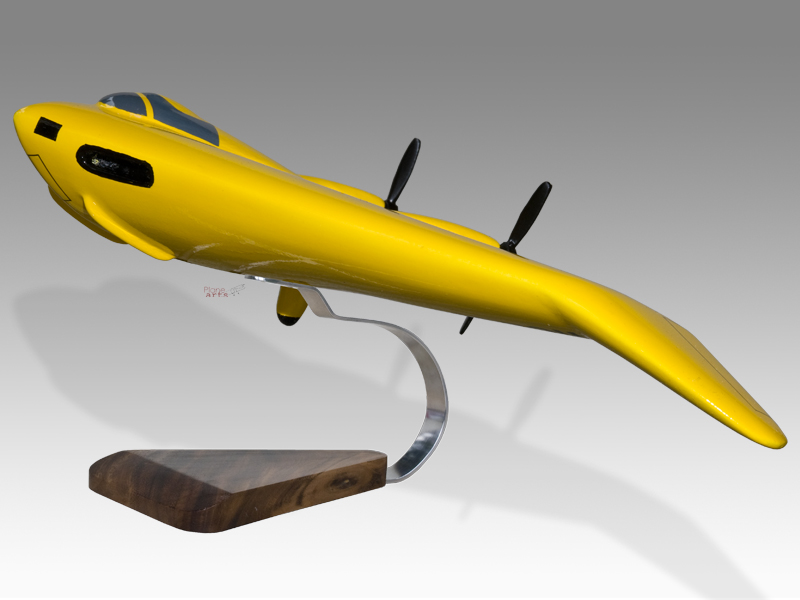
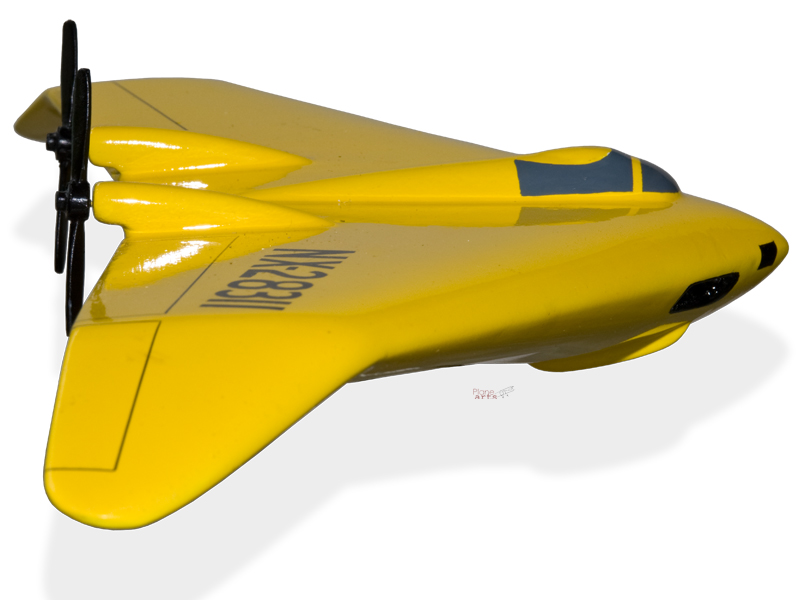
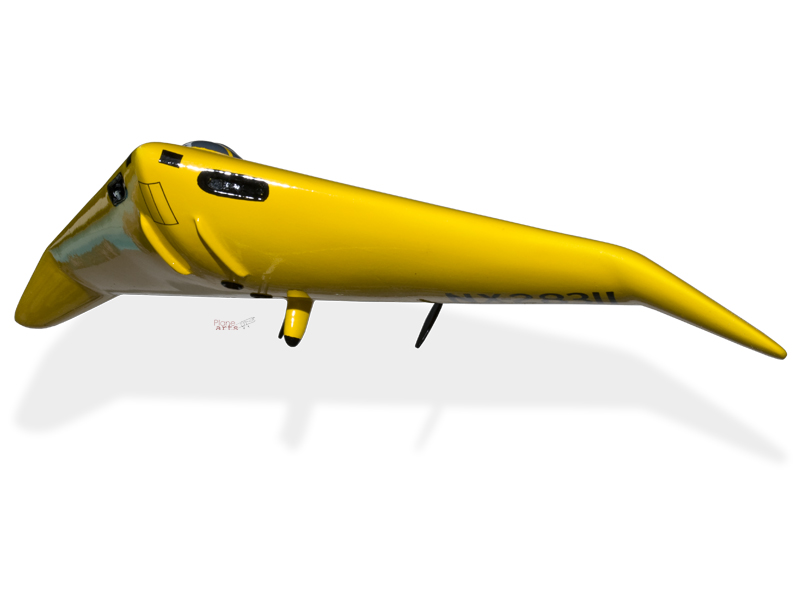
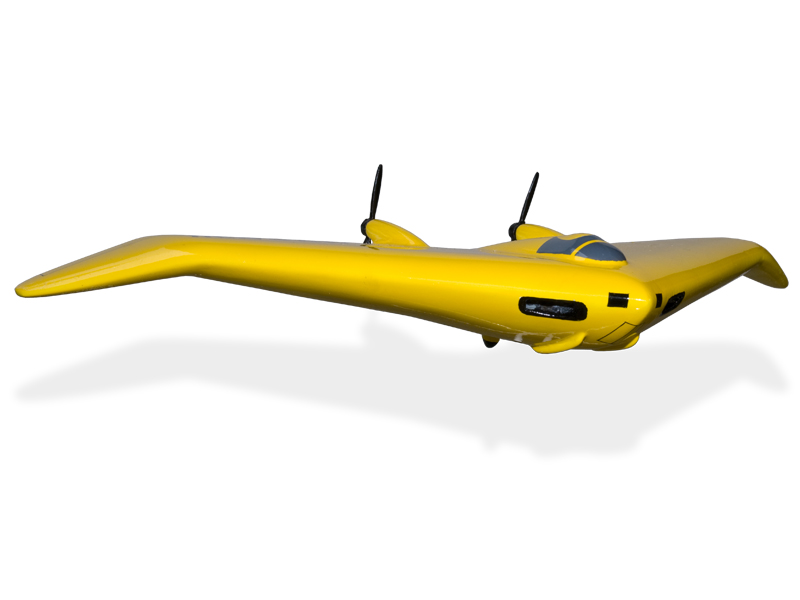
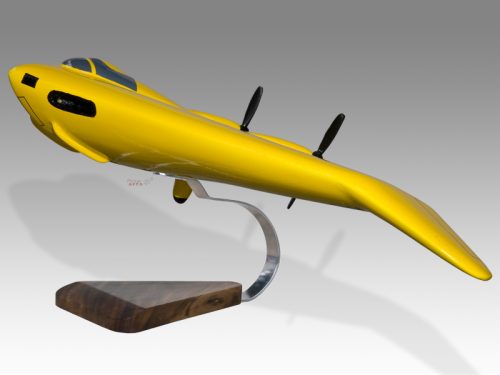
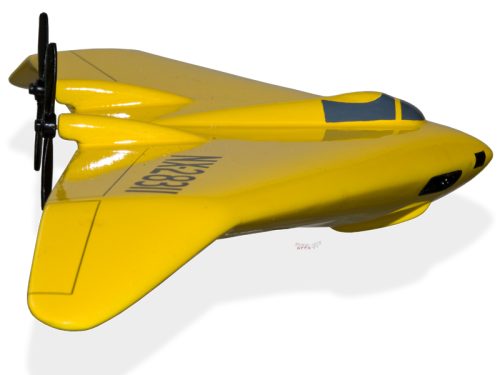
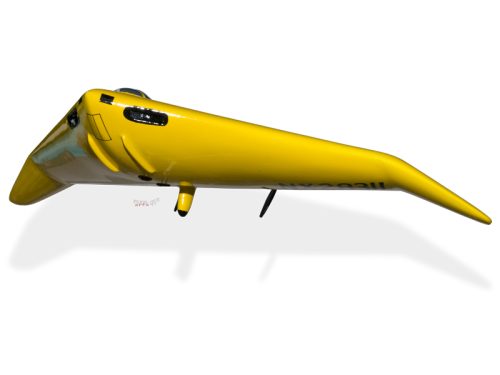
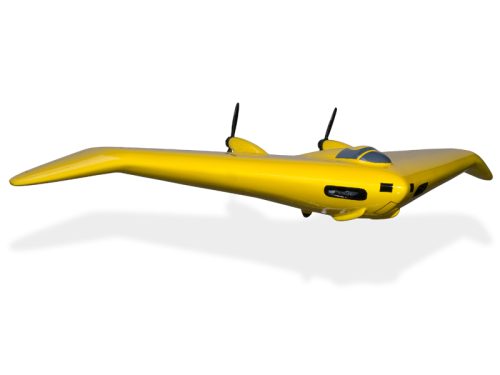
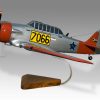

Reviews
There are no reviews yet.